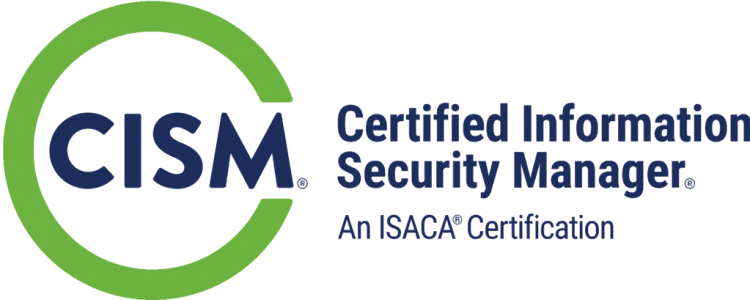Course Overview:
TN-575: Open Source Network Security Monitoring teaches students how to deploy, build, and run an NSM operation using open source software and vendor-neutral tools. No network is bullet proof and when attackers access your network, this course will show you how to build a security net to detect, contain, and control the attacker. Sensitive data can be monitored and deep packet and deep attachment analysis can be achieved. As organizations stand up a Security Operations Center (SOC) the enterprise NSM is the key ingredient to that SOC. This course not only teaches how to implement an NSM technologically, but how to effectively monitor an enterprise operationally. You will learn how to architect an NSM solution: where to deploy your NSM platforms and how to size them, stand-alone or distributed, and integration into packet analysis, interpret evidence, and integrate threat intelligence from external sources to identify sophisticated attackers. A properly implemented NSM is integral to incident response and provides the responders timely information to react to the incident. TN-575: Open Source Network Security Monitoring is a lab intensive environment with a cyber range that gives each student in-depth knowledge and practical experience monitoring live systems to include: Cisco, Windows, Linux, IoT, and Firewalls.
Attendees to TN-575: Open Source Network Security Monitoring class will receive TechNow approved course materials and expert instruction.
This Course is taught utilizing Security Onion or RockNSM as specified by the customer.
Dates/Locations:
Duration: 5 Days
Course Objective:
The focus of this course is to present a suite of Open Source security products integrated into a highly functional and scalable Network Security Monitoring solution.
Prerequisites:
Students should have a basic understanding of networks, TCP/IP and standard protocols such as DNS, HTTP, etc. Some Linux knowledge/experience is recommended, but not required
Course Outline:
- Network Security Monitoring (NSM) Methodology
- High Bandwidth Packet Capture Challenges
- Installation of Security Onion
- Use Cases (analysis, lab, stand-alone, distributed)
- Resource Requirements
- Configuration
- Setup Phase I – Network Configuration
- Setup Phase 2 – Service Configuration
- Evaluation Mode vs. Configuration Mode
- Verifying Services
- Security Onion Architecture
- Configuration Files and Folders
- Network Interfaces
- Docker Environment
- Security Onion Containers
- Overview of Security Onion Analyst Tools
- Kibana
- CapME
- CyberChef
- Squert
- Sguil
- NetworkMiner
- Quick Review of Wireshark and Packet Analysis
- Display and Capture Filters
- Analyze and Statistics Menu Options
- Analysis for Signatures
- Analyzing Alerts
- Replaying Traffic
- 3 Primary Interfaces:
- Squert
- Sguil
- Kibana
- Pivoting Between Interfaces
- Pivoting to Full Packet Capture
- Snort and Surricata
- Rule Syntax and Construction
- Implementing Custom Rules
- Implementing Whitelists and Blacklists
- Hunting
- Using Kibana to Slice and Dice Logs
- Hunting Workflow with Kibana
- Bro
- Introduction and Overview
- Architecture, Commands
- Understanding and Examining Bro Logs
- Using AWK, sort, uniq, and bro-cut
- Working with traces/PCAPs
- Bro Scripts Overview
- Loading and Using Scripts
- Bro Frameworks Overview
- Bro File Analysis Framework FAF
- Using Bro scripts to carve out more than files
- Introduction and Overview
- RockNSM ( * If Applicable)
- Kafka
- Installation and Configuration
- Kafka Messaging
- Brokers
- Integration with Bro and FSF
- File Scanning Framework FSF
- Custom YARA Signatures
- JSON Trees
- Sub-Object Recursion
- Bro and Suricata Integration
- Kafka
- Elastic Stack
- Adding new data sources in Logstash
- Enriching data with Logstash
- Automating with Elastalert
- Building new Kibana dashboards
- Production Deployment
- Advanced Setup
- Master vs Sensor
- Node Types – Master, Forward, Heavy, Storage
- Command Line Setup with sosetup.conf
- Architectural Recommendations
- Sensor Placement
- Hardening
- Administration
- Maintenance
- Tuning
- Using PulledPork to Disable Rules
- BPF’s to Filter Traffic
- Spinning up Additional Snort / Suricata / Bro Workers to Handle Higher Traffic Loads
Comments
Latest comments from students
